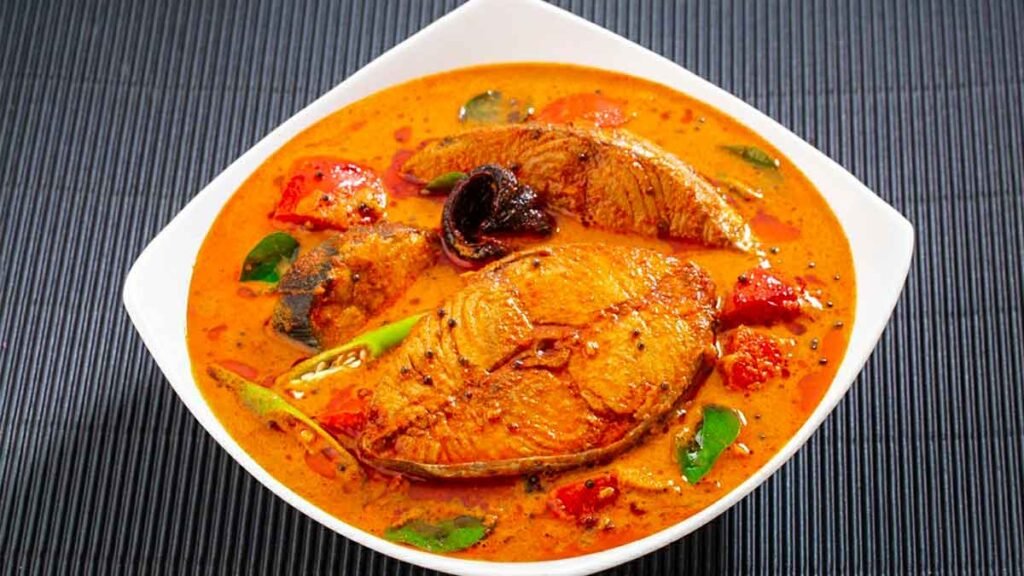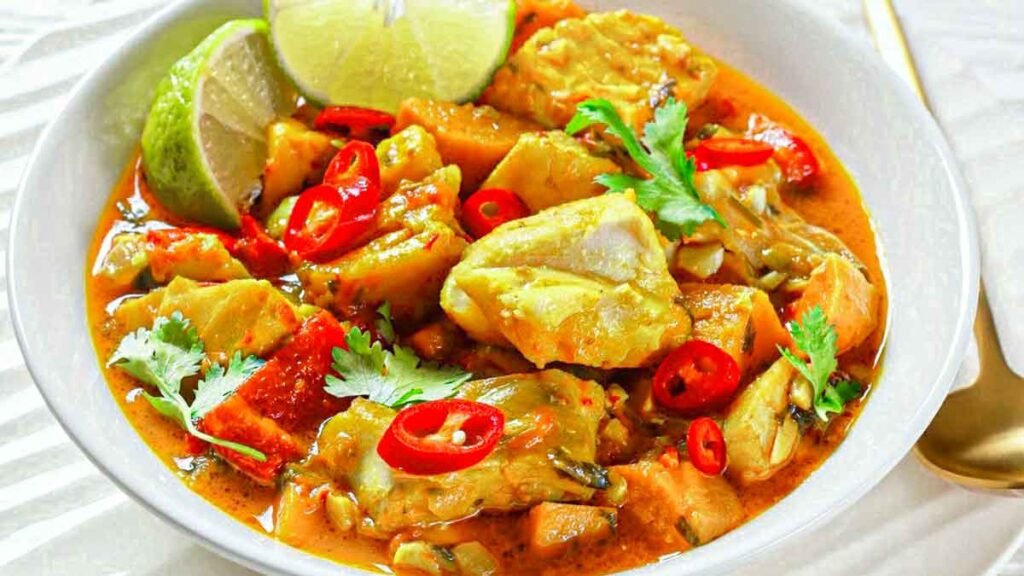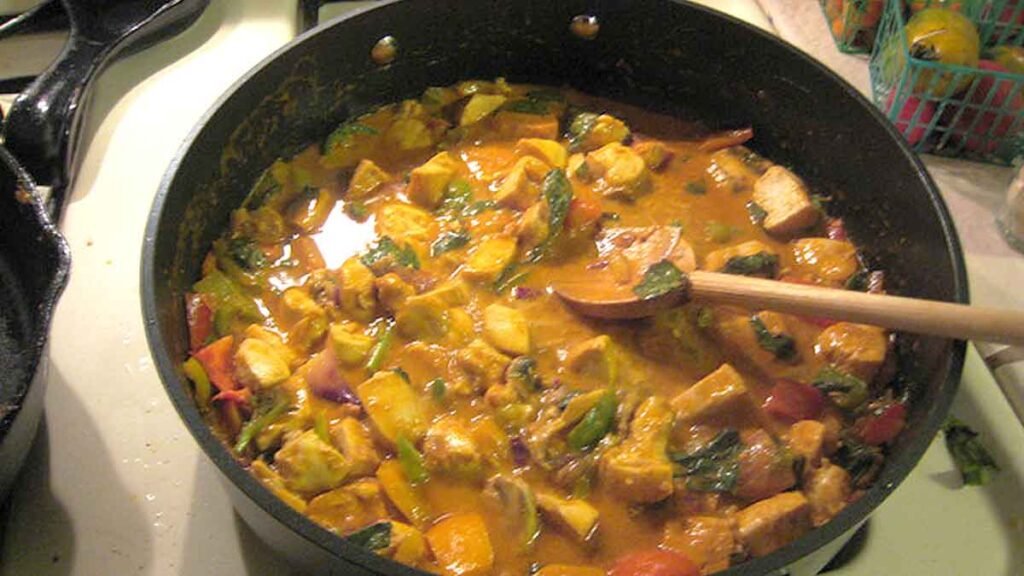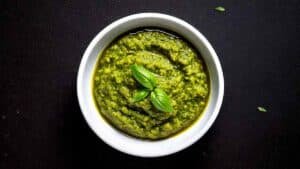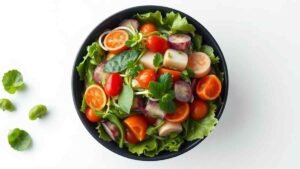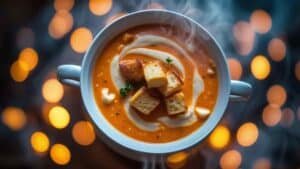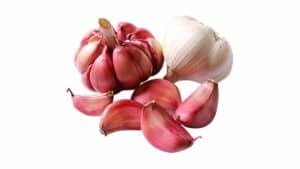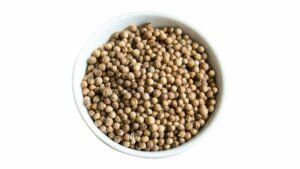Curry is more than just a dish; it embodies a rich tapestry of culinary traditions, flavors, and cultural significance. Originating from South Asia, curry has evolved into a global phenomenon, encompassing a variety of styles—from Indian curries like butter chicken and paneer tikka masala to Thai curries such as green curry and massaman curry. This article delves into the essence of curry, its diverse types, cooking methods, and the spices that make it a beloved choice for food enthusiasts worldwide.
The History and Evolution of Curry
Curry’s history is as complex as its flavor profile. The term “curry” originates from the Tamil word kari, meaning sauce. Over centuries, this dish has traveled across continents, influenced by trade routes and cultural exchanges. Today, it reflects regional variations that highlight local ingredients and cooking techniques.
Types of Curry: A Flavorful Spectrum
Curry comes in numerous forms, each with its unique taste and preparation method. Here are some popular types:
- Indian Curry: Rich in spices like cumin, coriander, and turmeric. Examples include chicken tikka masala and dal makhani.
- Thai Curry: Known for its use of fresh herbs and coconut milk. Varieties include red curry, green curry, and yellow curry.
- Japanese Curry: Typically milder and sweeter, often served with rice or udon noodles.
- Caribbean Curry: Infused with tropical flavors, featuring ingredients like allspice and Scotch bonnet peppers.
Each type offers a unique blend of spices and cooking methods that cater to different palates.
Essential Ingredients in Curry
The heart of any curry lies in its ingredients. Here are the key components:
- Spices: The backbone of curry flavor. Common spices include cumin, coriander, turmeric, ginger, garlic, and chili powder.
- Herbs: Fresh herbs like cilantro and basil add brightness to the dish.
- Proteins: Chicken, lamb, seafood, or plant-based proteins like tofu or legumes are often used.
- Vegetables: Potatoes, peas, carrots, and bell peppers enhance texture and nutrition.
- Liquids: Coconut milk or broth serves as the base for many curries, providing richness.
Cooking Methods for Perfect Curry
The method of cooking can significantly affect the final taste of the curry. Here are some popular techniques:
- Sautéing: Starting with aromatics like onions and garlic before adding spices enhances flavor depth.
- Simmering: Allowing the curry to simmer helps meld flavors together, creating a harmonious dish.
- Slow Cooking: This method allows tougher cuts of meat to become tender while absorbing all the spices.
- Pressure Cooking: A quick way to achieve tender meat while infusing flavors rapidly.
Health Benefits of Curry Spices
Many spices used in curry are known for their health benefits:
- Turmeric: Contains curcumin, which has anti-inflammatory properties.
- Ginger: Known for aiding digestion and reducing nausea.
- Garlic: Linked to improved heart health and immune function.
Incorporating these spices into your diet can offer both flavor and health advantages.
Pairing Suggestions for Curry
Curry is versatile when it comes to pairing with other foods:
- Rice: Basmati or jasmine rice complements most curries beautifully.
- Bread: Naan or roti is perfect for scooping up rich sauces.
- Salads: A fresh cucumber salad can balance out the heat from spicy curries.
- Beverages: Lassi (a yogurt-based drink) or chai tea can enhance the dining experience.
Conclusion: Embrace the World of Curry
Curry represents a culinary journey that transcends borders. Whether you prefer the fiery heat of a South Indian chettinad curry or the creamy richness of a Thai massaman, there’s a variety for every palate. Experimenting with different recipes allows you to discover new flavors while appreciating the cultural significance behind this beloved dish. So gather your spices, choose your protein or vegetables, and embark on an exciting cooking adventure with curry!

